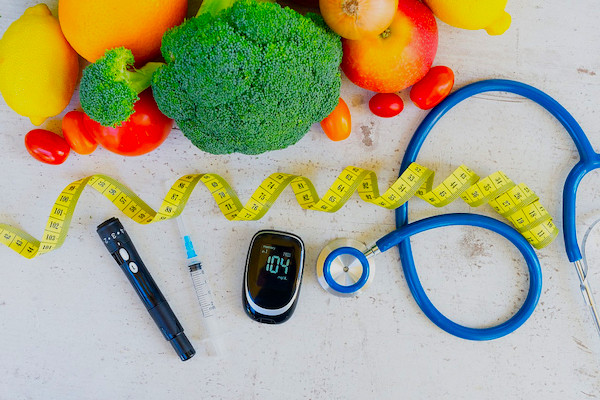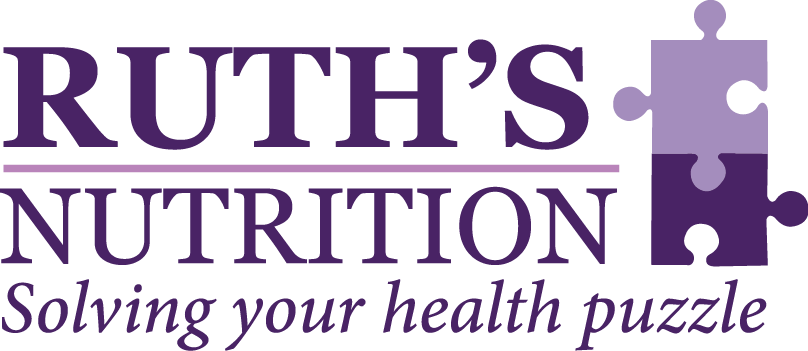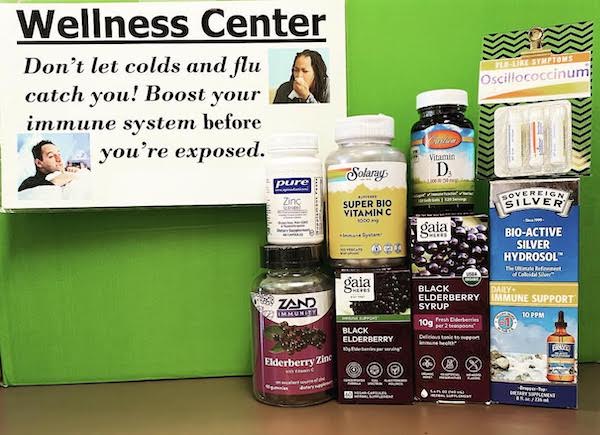Improve it naturally and lower your risk of type 2 diabetes

No doubt about it, we’ve all been under more stress recently. The pandemic has added a whole new layer to lives that contained enough stress already. While a little stress is actually good for us, long-term stress is not. It increases our stress hormones – cortisol, adrenaline, and norepinephrine – and they increase blood sugar. That increases insulin output. Over time, that whole process can lead to poor insulin sensitivity and increase your risk for type 2 diabetes.
Simply put, insulin sensitivity is how responsive your cells are to insulin, the hormone that helps put glucose into cells and lower overall blood sugar levels. If your blood sugars are high for long periods of time, your insulin levels are high for long periods of time, stressing the pancreas which makes insulin. Eventually, your cells become unresponsive to so much insulin exposure (they become insulin resistant), and your pancreas can become overwhelmed and unable to make enough insulin to regulate blood sugar properly.
The good news is you can improve insulin sensitivity, and lower your risk for developing diabetes with a few simple lifestyle changes.
Get moving
How many times do we get this advice? So many health factors are improved with regular exercise, including insulin sensitivity. Regular exercise helps move sugar into the muscles for storage and promotes an immediate increase in insulin sensitivity, which last from 2-48 hours after you’ve stopped moving!
Generally speaking, the more intense the exercise the more lasting the after effects, but any exercise can help. Studies show both aerobic exercise and resistance training improve insulin sensitivity, and combining them both in your routine works the best. The key point is to exercise on a regular basis.
Sleep more
Few Americans get the recommended eight hours of sleep a night, so anything you can do to add some snooze time is helpful. When you don’t get the rest you need, your body produces more cortisol, which starts the increased blood sugar cascade.
A long-term pattern of too little sleep leads to chronically high levels of cortisol production, which leads to tremendous insulin resistance. Work toward scheduling eight hours of sleep if at all possible.
Lower stress
Stress is another catalyst for increasing blood sugar levels. Chronic stress equals chronic cortisol production equals insulin resistance.
We often don’t have control over stressful events, but we can learn control over how we react to them. Regular exercise and ample sleep are too great ways to lower stress, but you might also consider meditation or regular time in nature.
Lose a few pounds
Excess weight, especially in the belly, reduces insulin sensitivity and increases the risk of type 2 diabetes. Belly fat acts like an endocrine organ secreting hormones and chemicals that increase the risk of not only diabetes, but also heart disease, cancers, and metabolic syndrome.
Yet losing as little as five pounds can significantly reduce blood sugar levels. A Johns Hopkins study found that people with prediabetes who lost 5-7% of their body weight over six months reduced their risk of type 2 diabetes by 54% for the next three years.
Cut down on carbs
Carbs are the main dietary stimulus that causes blood sugar to rise. If you lower your carb intake, you lower blood sugar/insulin spikes. Choosing lower glycemic index carbs also is a good idea. They include sweet potatoes, brown rice, quinoa, and some varieties of oatmeal.
Obviously, lowering carbs means lowering your intake of sugars. Be wary of processed foods where excess sugars often are added.
Drink less alcohol
As much as we might like a glass of wine, any alcohol is a toxin that taxes the liver. Studies show even just 30 days of avoiding all alcohol significantly improves insulin sensitivity. Binge drinking even once per month is associated with a greater risk of type 2 diabetes and higher levels of insulin resistance.
Eat more soluble fiber
Soluble fiber is a carbohydrate, but the body cannot break it down fully. That means it does not contribute to blood sugar spikes.
Soluble fiber also slows gastric emptying, and that reduces blood sugar spikes after a meal. Not only that, soluble fiber helps feed friendly bacteria in the gut that are linked to increased insulin sensitivity.
You can find soluble fiber in beans, oatmeal, flaxseeds, certain vegetables and fruit, and supplements like acacia.
Avoid trans fats
Trans fats are a risk factor for diabetes and other diseases. Animal studies have found a strong link between high trans-fat diets and poor blood sugar management and insulin resistance, though results in human studies are mixed.
While federal regulation has largely cut down on trans fats found in commercial foods, it can still be found in some grocery store items. Be sure to check the label on non-dairy creamers, baked goods, and fried foods.
Try supplements
Many supplements show benefit in lowering blood sugars and/or improving insulin sensitivity. The following ingredients can be found singly or together in formulas.
Probiotics and Omega-3 Oils – Research shows that taking either supplement for at least six weeks improves insulin sensitivity. Taking both increases it even more.
Cinnamon – Studies indicate cinnamon increases insulin sensitivity by helping receptors for glucose on muscle cells become more available and efficient at transporting sugar into cells.
Berberine – A compound found in several plants (goldenseal, barberry, Oregon grape), berberine increases insulin sensitivity and lowers blood sugar.
Fenugreek seeds – Being high in soluble fiber, these seeds help make insulin more effective.
Tumeric – Its active compound curcumin is a powerful antioxidant and anti-inflammatory. Studies indicate it increases insulin sensitivity by reducing free fatty acids and sugar in the blood.
Green tea – Several studies show it significantly reduces fasting blood sugar and increases insulin sensitivity. Researchers suspect its actions are linked to its powerful antioxidant compound epigallocatechin gallate (EGCG).
Apple cider vinegar – Long used as a weight-loss remedy, apple cider vinegar has been shown to increase insulin sensitivity by 34% when taken with a high carb meal by people who were insulin resistant and by 19% in people with type 2 diabetes. It also appears to delay gastric emptying, giving the body more time to absorb sugar.
Ginger – Studies have found its component gingerol makes sugar receptors on muscle cells more available, increasing sugar uptake.
Garlic – In animal studies, garlic has improved insulin secretion and sensitivity.
Chromium – When taken in doses of 200-1,000 mcg, this mineral improved the ability of insulin receptors to reduce blood sugar.
Magnesium – This mineral works with insulin receptors to store blood sugar. Low levels of magnesium have been linked with insulin resistance.
REFERENCES



